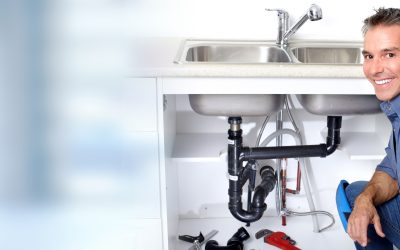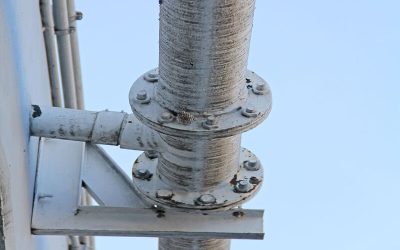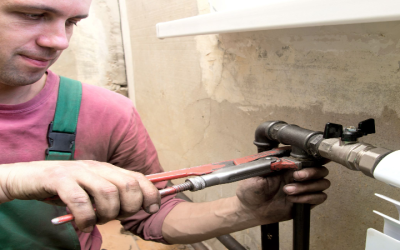If you live in an area that’s of low elevation, flat or has a high water table, you may be at a higher risk for floods. After a heavy rain, you’ve probably dealt with water in your basement; it doesn’t take much intrusion to cause some serious damage. To prevent flooding in your basement, you may want to invest in a sump pump.
A Pump With Only One Purpose
Sump Pumps were created to do one thing: to remove water from places where it shouldn’t be. To some, it may seem counter-intuitive to invest a significant amount on a machine that only fulfills one purpose, but it is a worthwhile investment. When surplus water intrudes into your basement, it is directed toward a sump. As well as the system works, when the sump (well) is full, problems can occur.
An overflowing sump can result in a flooded basement, or it can leave water in the drains next to your foundation. This is where a sump pump is used–when the sump is full, the pump forces the water out through pipes leading away from your home’s foundation and into storm drains.
How the Sump Pump Works
Pumps come equipped with a float, which works somewhat like a toilet’s float (but in reverse). Here, the float turns the machine on once water reaches a certain level. There are multiple types of sump pumps available, and a plumber can help you choose the one that best suits your needs.
Common Sump Pump Problems
Sump Pumps are designed to offer years of hassle-free operation, but like all machines, malfunctions do occur. Below, we list some of the most common problems you’ll need to look for:
Floats: These parts cause most sump pump problems. If the float gets caught and cannot measure the water level, the pump won’t work.
Check valves: A check valve is in place to make sure that water cannot flow back into the sump once removed. If the valve becomes filled with air, it can seize up; if your check valve isn’t working, call a plumber right away.
Primary malfunction: Every decade or so, your primary pump may need replacement, and many primaries burn out or rust. It’s important to let the machine run occasionally to avoid seizure–during your dry season, periodically pour water into the sump to activate the pump. Read More on website.


